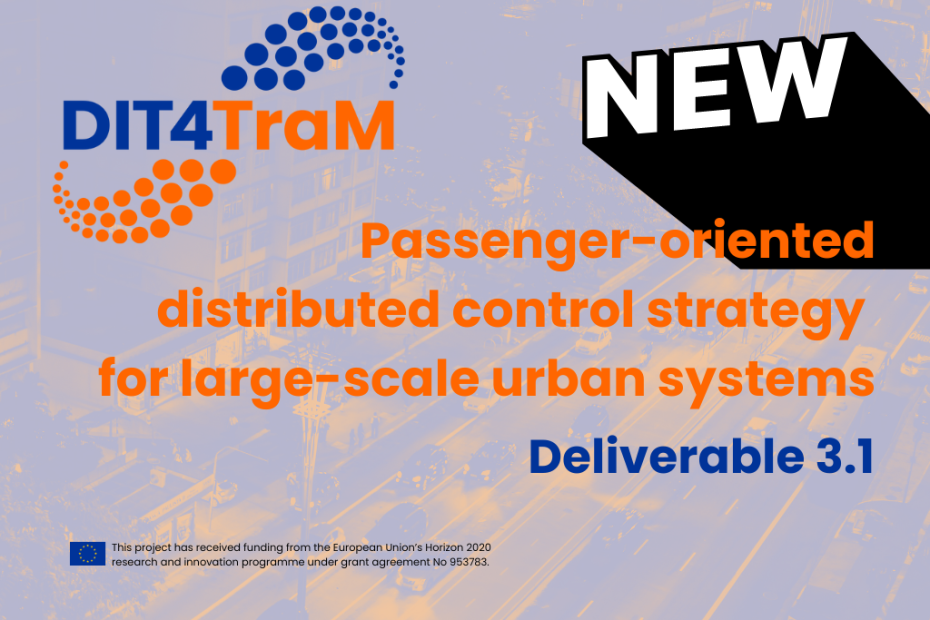In the bustling urban landscape, the problem of congestion is a difficult one because transport in cities is governed by intricate and non-linear interactions with multiple components, such as traffic controllers in different intersections, that influence the system and vice versa. These components also adapt their behavior and decisions when traffic operators intervene in the system. Complicating matters further, congestion is not local, and it spreads in time and space in a non-trivial way. All these combined with uncertainty in traffic demand introduces obstacles in both the predictability and control of the system.
In a battle against the complexities of heavily congested traffic networks, traffic control practitioners have been pushing the boundaries of innovation, aiming to find real-time strategies that can overcome the challenges. The traditional heuristic local adaptive strategies have valiantly tried to tackle the issues of congestion propagation and queue spillbacks, but are challenged in a more complex environment. Light is at the end of the tunnel: the distributed control architecture. This approach, deriving from the realms of communication systems and production processes, has captured the attention of traffic control professionals.
These strategic schemes operate at the local level, weaving their magic within interconnected intersections. They have demonstrated their prowess as effective stabilisers of network conditions, paving the way for smoother traffic flow. So let us embark on this journey of innovation, where the future of traffic management is reimagined. The realm of possibilities beckons, where distributed control strategies reign supreme, promising efficient and harmonious networks that turn our normal daily commutes into a delightful breeze.
The DIT4TRaM report Passenger-oriented distributed control strategy for large-scale urban systems summarises the work carried out by multiple partners to design and implement a set of distributed algorithms optimising the flow of public transport vehicles through decentralised and network-wide traffic control. At the core of this task, we adopted a Hierarchical control Framework to conduct controlling schemes at different levels (intersection, corridor and network). We conducted regional perimeter control, which is based on the classical Macroscopic Fundamental Diagram theory. The basic idea is to control the incoming flow of certain urban districts. As a clear instance of decentralisation, the two-layer signal control framework entails combining an aggregated perimeter control strategy with limited data requirements (only the average number of vehicles and circulating flows in different regions of a city), with partial and efficient distributed control.
In this report, researchers from EPFL, NTUA, UGE, TUD, Arane, and Utrecht collaborate and provide multiple instances of distributed control in different levels of the network, including the intersection level, corridor level, network level, and multi-modal level.
- At the intersection level, an Integrated Signal and Bus Lane Control method is proposed to maximise the passenger throughput at intersections and provide the highest level of service for public transport passengers.
- At the corridor level, the proposed Deep Reinforcement Learning model can effectively capture the complex interactions between private car traffic and bus transit and adapt to different road configurations.
- At the network level, the featured two-layer control framework combines the benefits of both Max Pressure and Perimeter Control strategies to improve traffic signal control performance in congested networks.
- We also extend our methods in the multi-modal context to strategically control the allocation of road space between buses and vehicles in real-time, taking into account the dynamic traffic conditions and bus delays.
- Finally, Task 3.1 envisions that some dynamicity will be further introduced to the Integrated network management system, which is currently functioning in the Utrecht pilot.
Click here to read the full report (D3.1).
